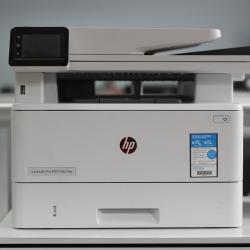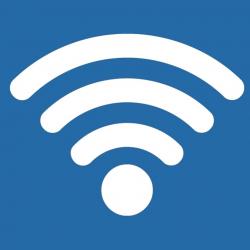What to Do When Your Email Isn’t Sending or Receiving
Email remains a critical tool for personal and professional communication. But what happens when your trusty email system suddenly stops sending or receiving messages? Whether it's your primary mode of business communication or just a way to keep in touch with friends and family, having your email down can cause a significant disruption. Fortunately, with a little troubleshooting, you can often identify and resolve the issue. Here’s a guide on what to do when your email isn't sending or receiving.
1. Check Your Internet Connection
The first step is to ensure your device is connected to the internet. A weak or intermittent connection can prevent emails from sending and receiving. Check your Wi-Fi or data connection, and consider restarting your router or modem if necessary.
2. Confirm Account Credentials
Ensure that you are using the correct email address and password. Sometimes, account settings might get corrupted or require re-entry after software updates. Try logging out and back in, or reconfigure your account settings within your email client.
3. Look for Email Client Errors
Your email client (e.g., Outlook, Gmail, Apple Mail) might display error messages that can provide insight into why emails aren’t being sent or received. These messages often include error codes or suggestions for next steps, such as verifying account credentials or server settings.
4. Check Server Status
Email providers sometimes experience outages or server issues that can affect email delivery. Check your email provider’s website or use third-party services like Downdetector to see if there is a reported outage in your area.
5. Review Storage Quotas
Both sending and receiving emails can be hindered by storage limits. If your mailbox is full, you may not receive new messages. Check your email storage quota and delete or archive older messages to free up space. Consider emptying your spam or trash folder, which also uses space.
6. Evaluate Spam or Junk Filters
Emails might be automatically redirected to your Spam or Junk folders due to strict filtering rules. Check these folders to ensure messages aren't falsely identified as spam. Consider adjusting your spam filter settings if legitimate emails are consistently being misdirected.
7. Examine Outgoing Server Settings
Issues with sending emails often relate to misconfigured outgoing server (SMTP) settings. Double-check that these settings match those recommended by your email provider. This includes the server name, port number, and security settings.
8. Disable Firewalls or Antivirus Software
Occasionally, firewalls or antivirus programs can block emails from being sent or received. Temporarily disable these features to see if they are the cause of the problem, and if they are, review the settings to make exceptions for your email client.
9. Verify Email Attachments
Large attachments can prevent emails from being sent. Most email providers have a size limit on attachments (usually around 25 MB). Try reducing the size of your attachments or use file-sharing services for large files.
10. Update Your Software
Running outdated software can lead to compatibility issues with email protocols. Ensure your operating system and email client are up-to-date with the latest patches and updates.
11. Seek Professional Support
If you've tried all these steps and are still having issues, it might be time to seek help from your email provider's support team. They can provide additional insights or troubleshooting steps specific to their service.
Conclusion
Email issues can be frustrating, but most problems have straightforward solutions. By systematically troubleshooting, you can often identify and resolve the issue quickly. Regular maintenance, like updating software and managing storage, can also prevent future email problems. With these steps, you can ensure your email remains a reliable tool for communication.






















